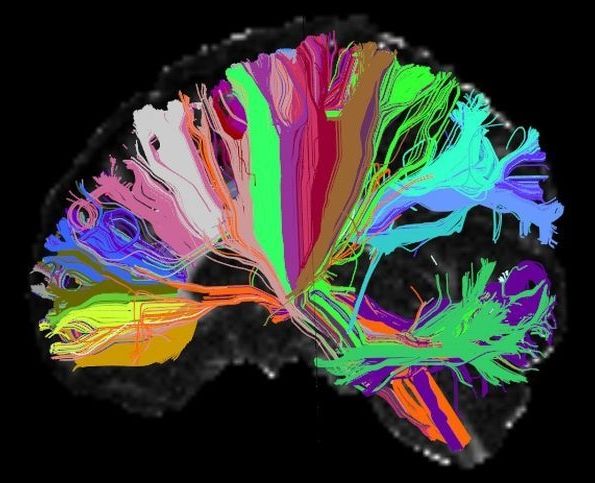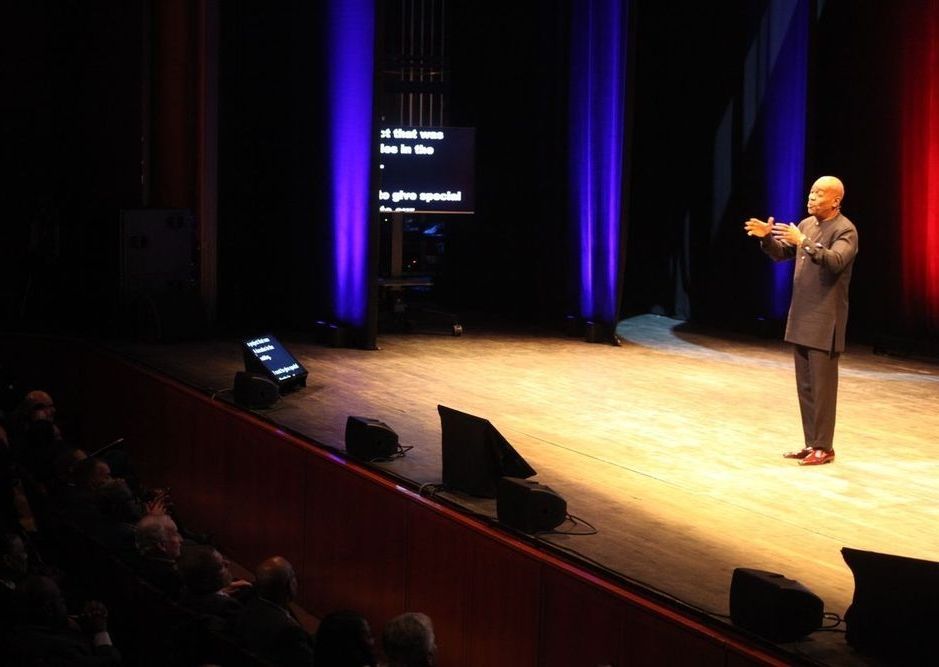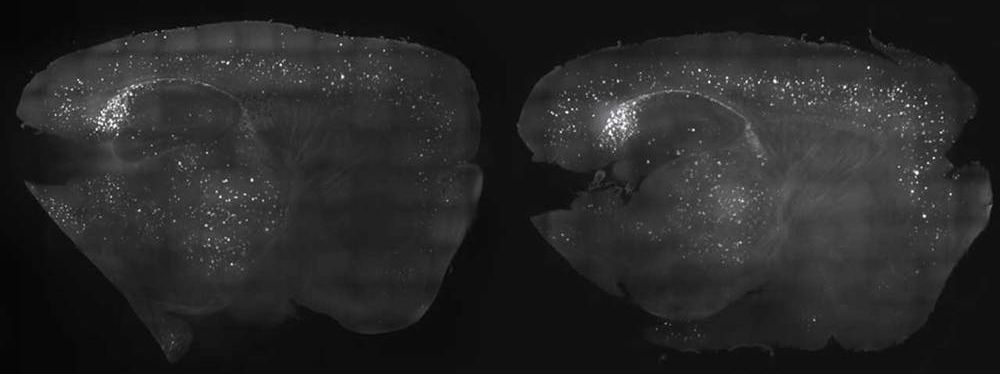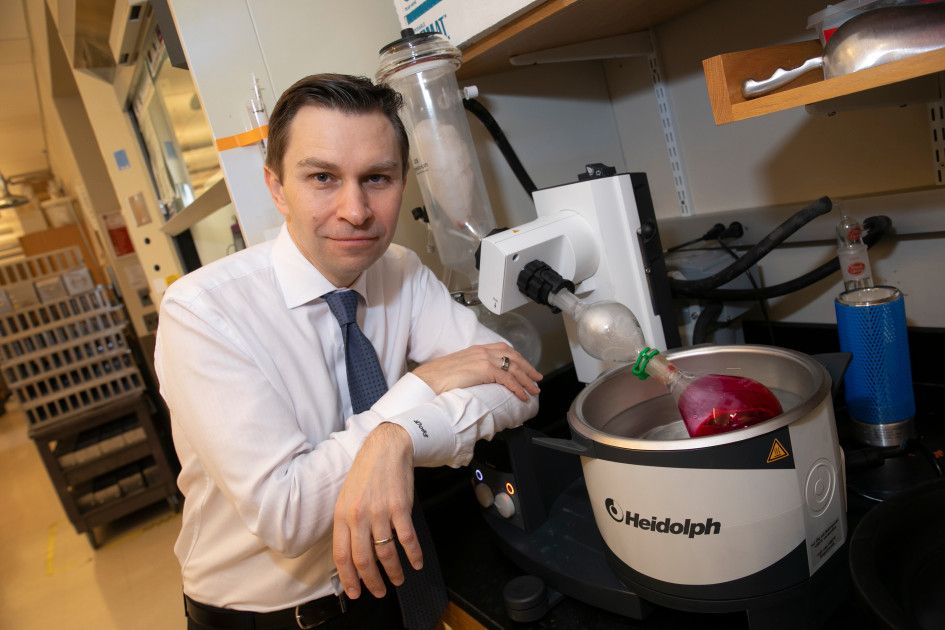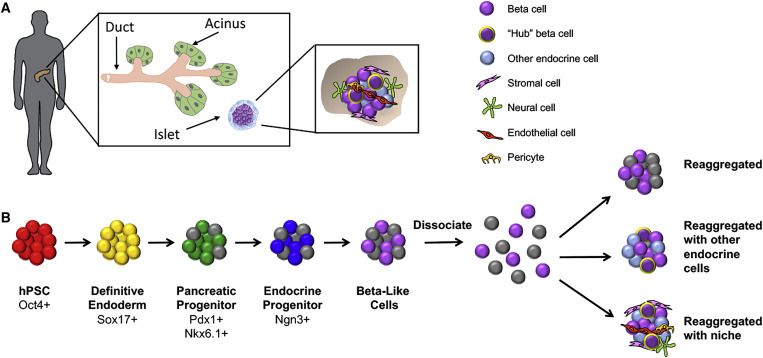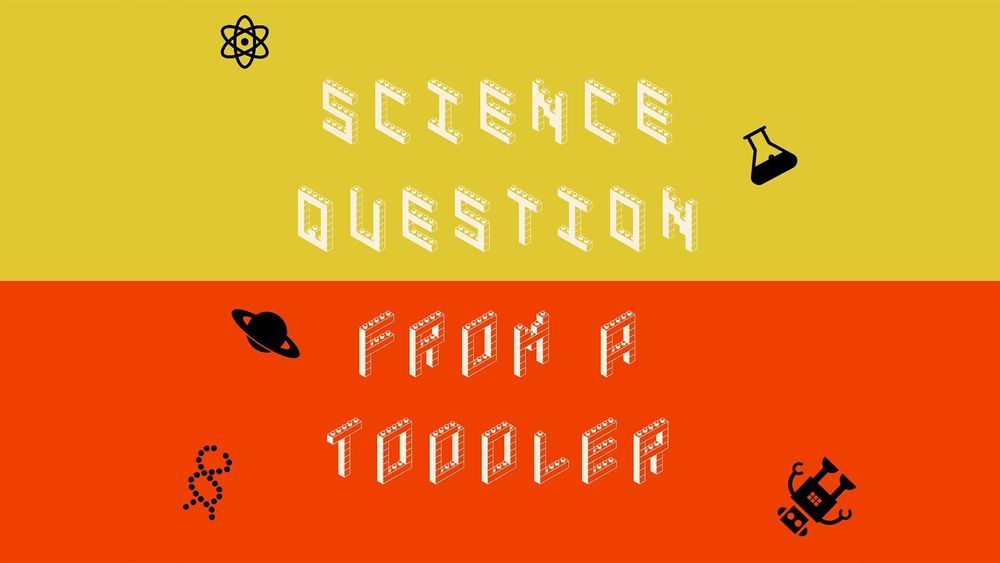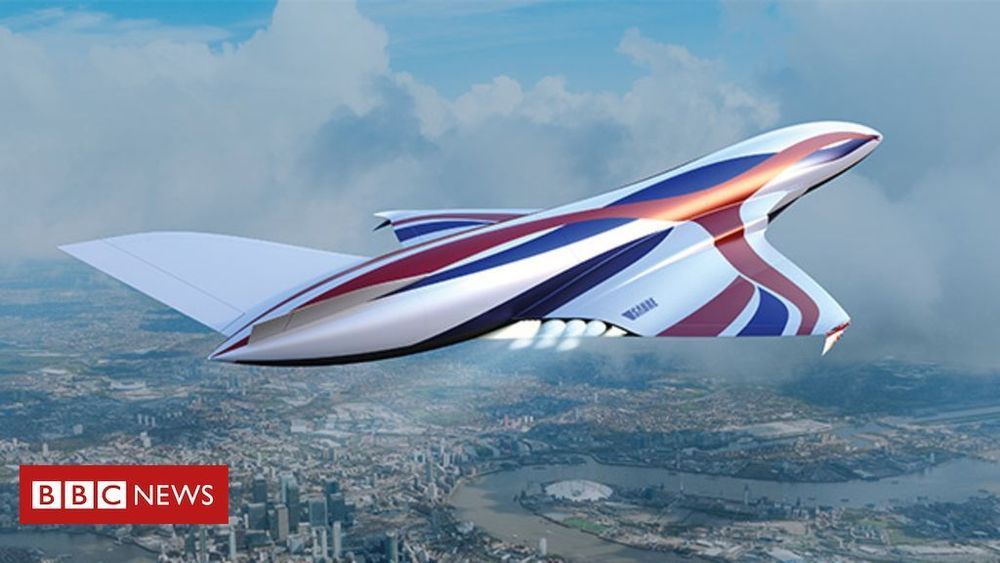For decades, we’ve thought that memories were formed in two distinct stages—short-term first, then long-term later.
We might be wrong. New research suggests that our brains make two copies of each memory in the moment they are formed. One is filed away in the hippocampus, the center of short-term memories, while the other is stored in cortex, where our long-term memories reside.
These findings, published yesterday in the journal Science, upend more than 50 years of accepted neuroscience, and they’re being hailed by other neuroscientists. Here’s James Gallagher, reporting for BBC News:
